
How terrifying it must have been for Pauline Levinsons to learn that the photograph she and her husband had had taken of their 6 month old baby, Hessy, by photographer Hans Ballin, had been selected from hundreds, maybe thousands, of entries as the perfect Aryan baby as part of Hitler’s propaganda for white supremacy.
You can imagine how distraught the Levinsons were to find the photo of their daughter being widely circulated on the front cover of Sonne ins Hause, a major Nazi family magazine and one of the few allowed to be published at the time.
Nearly hysterical, Pauline talked the photographer and demanded how he could do this when he knew they were Jewish? Ballin, no friend of the Nazis, replied “I wanted to allow myself the pleasure of this joke. I wanted to make the Nazis look ridiculous”.
Image Source: businessinsider.com/perfect-aryan-poster-child
A LONG TIME TO KEEP A SECRET
Ballin did indeed make the propaganda look foolish when he slipped in Hessy’s picture. The “ideal Aryan” was blond-haired and blue-eyed, and Hessy had brown hair and dark eyes. Yet she was selected as the winner, and it was believed her photo was chosen personally by the Nazi propaganda minister Joseph Goebbels himself. This remained a private joke until 2014, and the truth could have gotten them killed.
Not so funny.
Frightened she would be recognized on the streets and questions asked about her identity, Hessy’s parents keep her at home growing up. Her photograph appeared on widely available Nazi postcards, where she was identified by an aunt in distant Memel, now part of Lithuania. But the Nazis never discovered her true identity.
In 1938, her father was arrested by the Gestapo on a trumped up tax charge, but released when his accountant, a Nazi party member, came to his defense. After that, the family left Germany. They moved first to Latvia, before settling in Paris only for that city to fall to the Nazis. With the help of the French resistance, they escaped again, this time to Cuba, and in 1949 the family moved to the United States.

Hessy Levinsons went to Julia Richman High School in New York and later majored in chemistry at Barnard College, graduating in 1955. As a graduate student at Columbia University, Hessy met her future husband, mathematics professor Earl Taft. The couple joined the faculty at Rutgers University before she interrupted her career to raise a family.
Image Credit: USC Shoah Foundation
Image Source: huffpost.com/entry/nazi-aryan-baby-jewish_n_5551517

Image Source: todayinhistory.blog/tag/hessy-levinsons-taft/
TAKE AWAY
If you think it’s an exaggeration to say Professor Taft played it close to the vest for eighty years, try to use conventional means on the internet to find about her life. The information is pretty much limited to what is in this blog. Give it a try.
https://www.businessinsider.com/nazis-perfect-aryan-poster-child-was-jew-2014-7
https://sahistory.org.za/article/how-did-nazis-construct-aryan-identity
https://www.foxnews.com/world/ideal-aryan-baby-on-cover-of-nazi-magazine-revealed-to-be-jewish
https://todayinhistory.blog/2020/05/17/may-17-1934-a-most-perfect-aryan-baby/
https://www.rallypoint.com/
https://www.amusingplanet.com/2020/02/hessy-levinsons-taft-jewish-woman-who.htmlhttps:/www.amusingplanet.com/2020/02/hessy-levinsons-taft-jewish-woman-who.html
https://www.huffpost.com/entry/nazi-aryan-baby-jewish_n_5551517
https://www.descopera.ro/dnews/12872926-cel-mai-frumos-bebelus-arian-desemnat-de-nazisti-in-anul-1935-era-de-fapt-evreu-povestea-inedita-a-lui-hessy-levinson

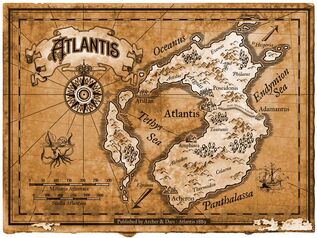
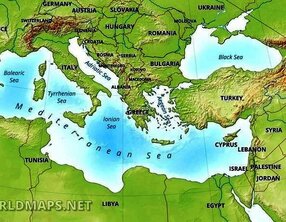

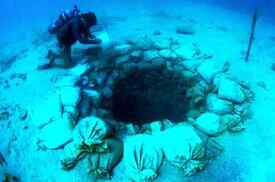
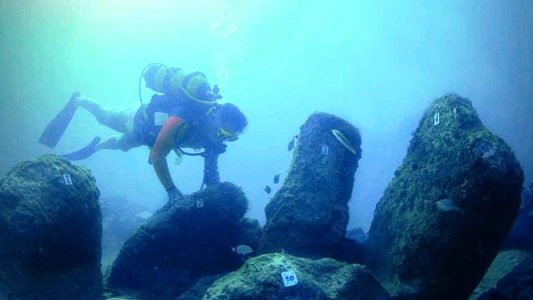
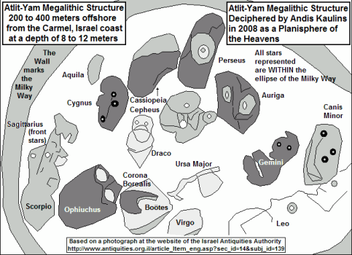

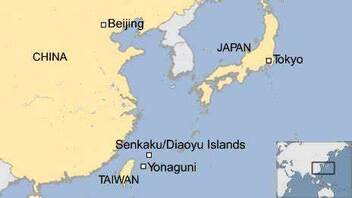
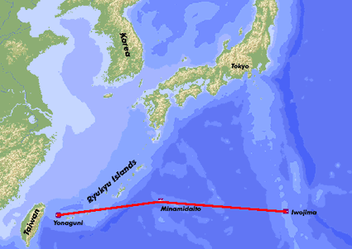
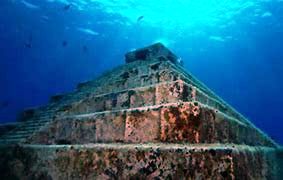
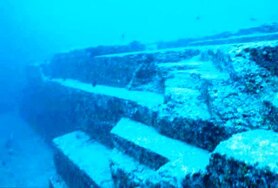
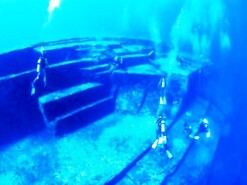
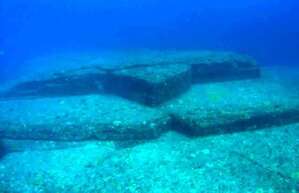
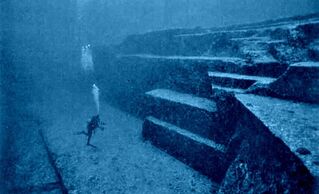
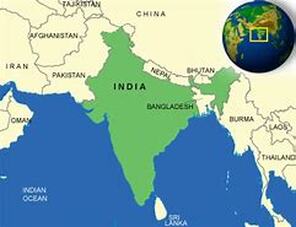
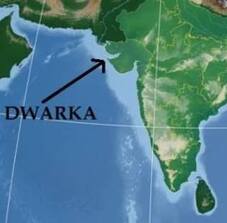
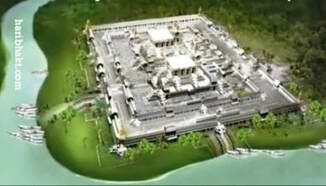
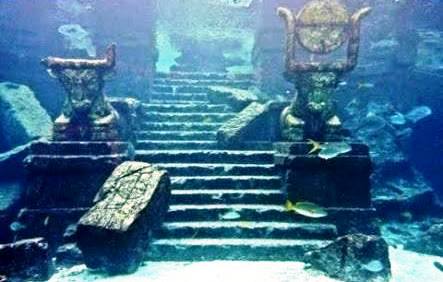
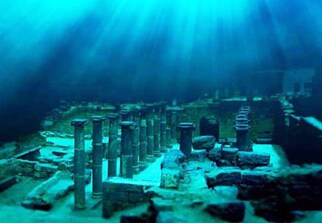
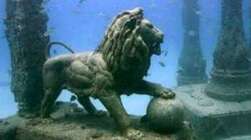
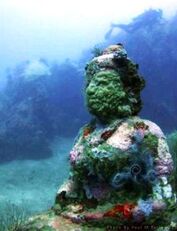
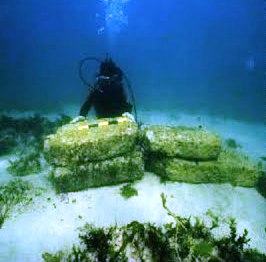
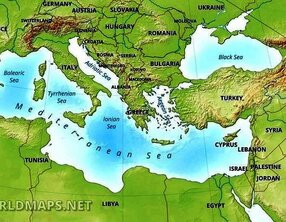
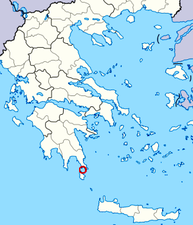
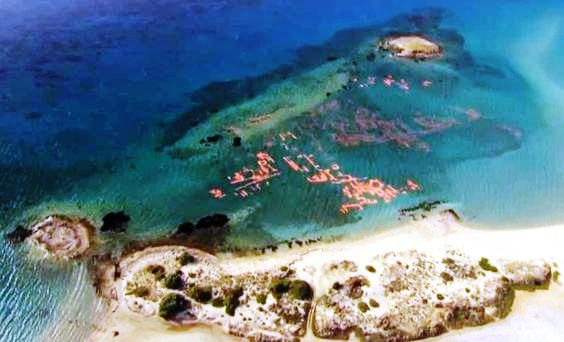
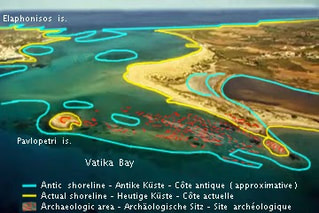
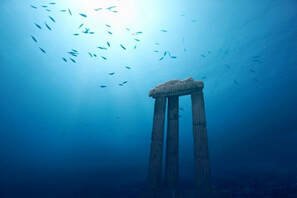

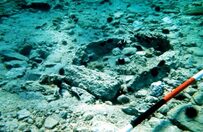
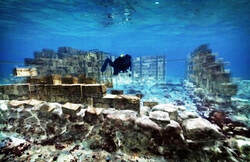
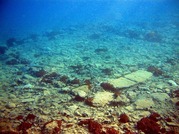

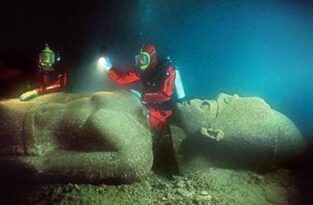
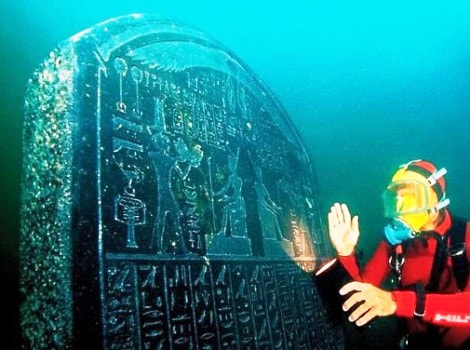
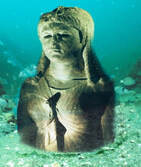
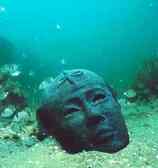

 RSS Feed
RSS Feed